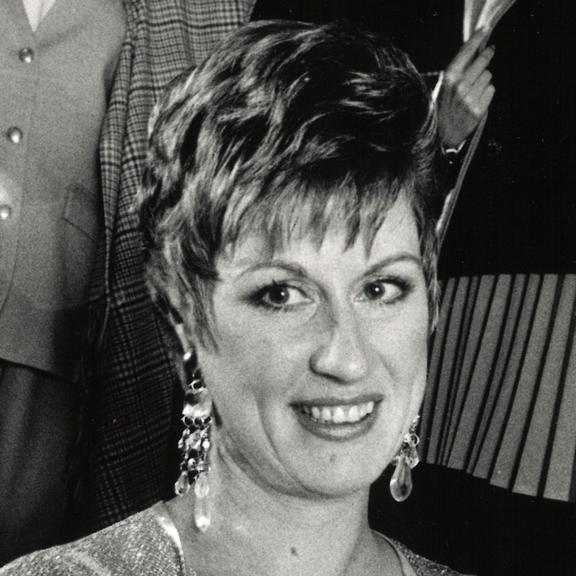Perri Cutten: A Timeless Legacy in Fashion
Remembering Perri Cutten: A trailblazing Australian fashion designer whose timeless elegance and...

 Search...
Search...
Gathering to honour our loved ones: Exploring the unique aspects
When it comes to commemorating the passing of our loved ones, there isn't a one-size-fits-all answer. Depending on who you ask, you might even receive varied perspectives on the matter. In this article, we will explain the differences between funerals, memorials and celebrations of life services so you can prepare your loved ones final farewell with more clarity.
Funerals, memorials and celebrations of life share a number of similarities, yet often present in different ways. Each ceremony involves bringing people together who have experienced a common loss. While funerals and memorials tend to be steeped more in tradition, celebrations of life have evolved from recent shifts in social values, embracing a less conservative approach. Nevertheless, all three serve the following purposes:

Despite their shared objective of bringing together family and friends to provide mutual support and commemorate a life, these three types of ceremonies achieve this goal in distinct ways. Let's take a look at them in more detail.
The traditional funeral is the most common type of funeral in Australia. It typically consists of three main sections, the viewing or visitation, the funeral service and the burial ceremony. The casket or coffin is usually displayed at the front of the service, allowing family and friends to pay their respects. Traditional funerals often follow religious or cultural customs and may include readings, music and eulogies. After the service, the deceased is buried in a cemetery or cremated.
Memorial services gained popularity alongside the rise of cremation. Similar to funerals, memorial services can involve rituals, eulogies, readings, prayers, songs and moments of contemplation. However, the deceased's physical presence is not part of a memorial service. In most cases, the individual has already been cremated, and their remains may be present in an urn during the service. The focus lies in acknowledging the reality of the recent loss while paying tribute to the departed and bidding farewell.
Celebrations of life have become increasingly popular in recent years, driven by a want to express the unique qualities of an individual and celebrate cherished memories. Rather than adhering to a rigid structure, a celebration of life service prioritises sharing the story of the departed. Celebrations of life often have a more relaxed and casual atmosphere too, resembling more of a happy gathering or party. Laughter, joy and conversation are embraced and background music is often played to lift the mood. The choice of location varies widely, ranging from churches and family homes to meaningful places like favourite pubs, restaurants or favourite scenic spots.
The decision to hold a funeral, memorial service or celebration of life stems from the personal preferences of the deceased and how the family chooses to honour their passing. A more formal or religious person might best be commemorated through a traditional funeral service. If cremation is chosen, but the structure of a service is still desired, a memorial might be a suitable option. Celebrations of life provide a unique opportunity to focus on the life lived by the departed, paying homage to their individuality in a way that resonates.
 118124...
-7wdxu3ukboy0rifgwz2.jpg" />
118124...
-7wdxu3ukboy0rifgwz2.jpg" />
While we've explored the common differences between these three types of end-of-life celebrations, it's important to recognise that in today's day and age, there are no rigid rules dictating how a funeral, memorial or celebration of life must unfold.
Funerals can be joyous and celebrations of life sombre, and everything in between. The mood is typically replicated by the love of family and friends and how they felt for the departed, the circumstances surrounding their passing, their age and the life they lived.
At My Tributes, we understand the significance of these events and we are here to guide and support you in creating a meaningful and personalised farewell that honours your loved one's memory.
You can find more supportive articles here.